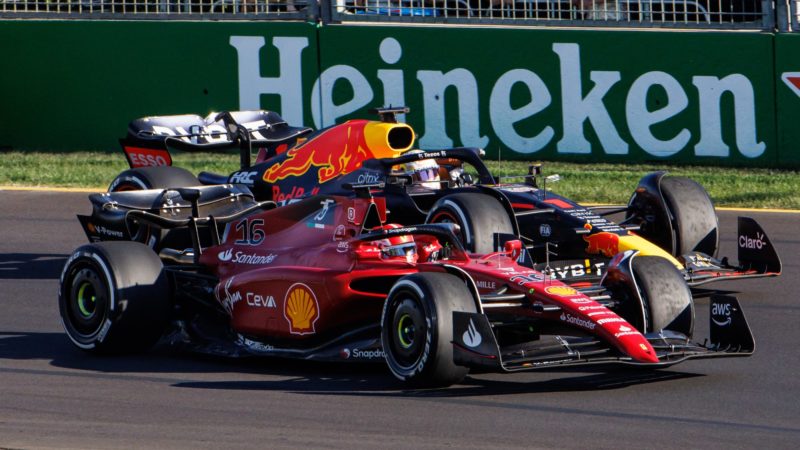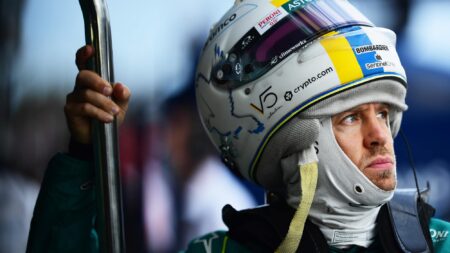This race will see the first of a raft of new components designed to bring the RB18’s weight down, lighter parts including the brake calipers. The extra 10kg over the Ferrari which the Red Bull has been carrying is theoretically worth around 0.3sec. Not all of that will be shaved away this weekend but the target is to have it on weight parity by Barcelona in two races time. This approach bears the hallmark of a team running hard to get the best from a package more hurried in its preparation, with a little less tunnel/CFD time, which has had to wait a little later before the factory’s full resource was unleashed on its design and development because of last year’s title battle.
Similar comments apply to Red Bull’s ’21 title rival Mercedes, another team with an overweight car. Unlike Red Bull though, there is no big upgrade for this weekend, give or take an extra bodywork strake. The team is still working on fully understanding the root cause of why its porpoising is initiated at such relatively low speed, forcing the car to be run with a very tame ride height which hurts both downforce and drag. Until this is fully understood, it is felt there is no point in making the usual aero development parts, no point in adding downforce in the conventional way – as it may very well turn out to be unusable and which will cost money better devoted to researching the fundamental problem.
It’s a fascinating little snapshot of where they are each at in this early stage of solving the simultaneous puzzle of F1’s new technical and cost regulation.



